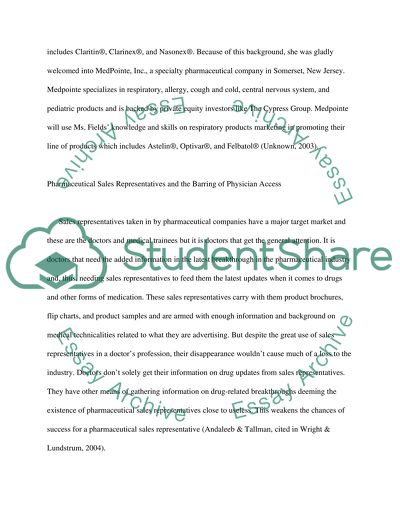Cite this document
(“Selecting, Leading and Motivating Sales Representatives in the Essay”, n.d.)
Retrieved from https://studentshare.org/miscellaneous/1556139-selecting-leading-and-motivating-sales-representatives-in-the-pharmaceutical-industry-a-usa-and-canadian-perspective
Retrieved from https://studentshare.org/miscellaneous/1556139-selecting-leading-and-motivating-sales-representatives-in-the-pharmaceutical-industry-a-usa-and-canadian-perspective
(Selecting, Leading and Motivating Sales Representatives in the Essay)
https://studentshare.org/miscellaneous/1556139-selecting-leading-and-motivating-sales-representatives-in-the-pharmaceutical-industry-a-usa-and-canadian-perspective.
https://studentshare.org/miscellaneous/1556139-selecting-leading-and-motivating-sales-representatives-in-the-pharmaceutical-industry-a-usa-and-canadian-perspective.
“Selecting, Leading and Motivating Sales Representatives in the Essay”, n.d. https://studentshare.org/miscellaneous/1556139-selecting-leading-and-motivating-sales-representatives-in-the-pharmaceutical-industry-a-usa-and-canadian-perspective.


